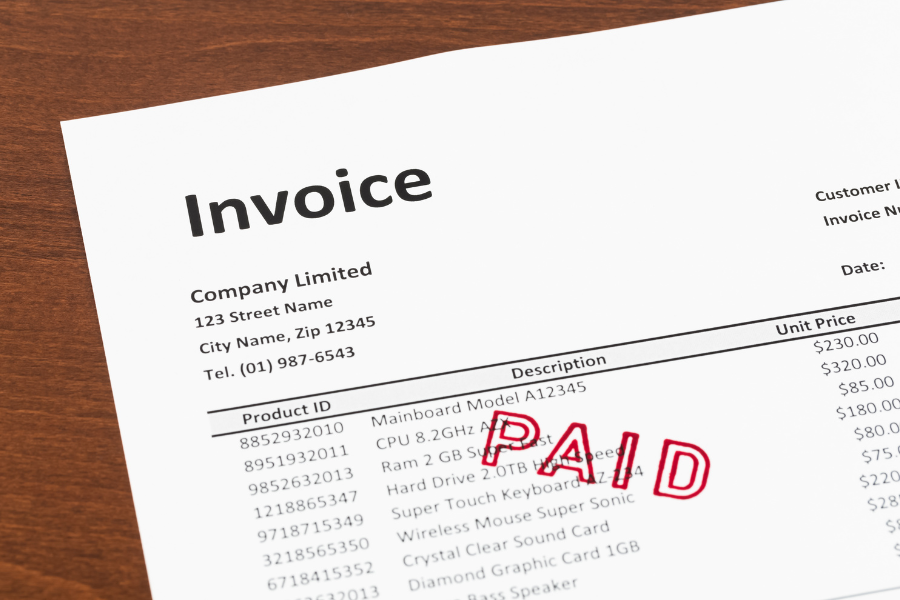As e-invoicing regulations evolve worldwide, businesses must adopt solutions that ensure compliance, efficiency, and scalability. Peppol, the international e-invoicing network, has become a standard for cross-border digital transactions, providing a structured and standardized approach to invoice exchange. However, integrating Peppol into an organization’s existing ERP and accounting systems remains a challenge. Many businesses struggle with manual workflows, inefficient middleware, and inconsistent compliance measures.
API-driven Peppol integration addresses these challenges by enabling seamless, automated connectivity between internal business systems and the Peppol network. Instead of relying on manual uploads or legacy middleware, APIs facilitate real-time, error-free invoice exchange, ensuring compliance while reducing operational costs.
Challenges in Traditional Peppol Integration
Many businesses integrate Peppol using file-based transfers, middleware solutions, or semi-manual processes. These traditional approaches introduce several inefficiencies:
- Manual Data Entry Errors: Human input errors lead to compliance failures, rejected invoices, and payment delays.
- Batch Processing Delays: Many systems process invoices in batches rather than real-time, leading to slower transactions and financial reporting inconsistencies.
- Lack of Data Synchronization: Without real-time API connectivity, invoice statuses are not updated instantly across systems, creating gaps in financial tracking.
- Scalability Issues: Legacy integration methods often require significant infrastructure expansion as transaction volumes grow.
- Security Vulnerabilities: Middleware-based solutions introduce additional points of failure, increasing the risk of invoice fraud or data breaches.
API-driven integration eliminates these inefficiencies by enabling direct, real-time communication between Peppol and core business applications.
How API-Driven Peppol Integration Works
APIs function as connectors between enterprise software systems and the Peppol network, ensuring seamless, automated data exchange. A well-structured API-driven Peppol integration involves several key components:
- ERP and Accounting System Connectivity: APIs link Peppol directly to your enterprise systems, allowing invoices to be generated and transmitted without manual intervention.
- Data Validation and Compliance Checks: APIs automatically validate invoice data against Peppol requirements before submission, reducing the likelihood of errors.
- Real-Time Submission and Acknowledgment: Invoices are transmitted instantly, with immediate confirmation from the Peppol network.
- Status Synchronization: Once an invoice is processed, updates are reflected across all integrated systems, ensuring accurate financial tracking.
- Automated Error Handling: APIs detect and rectify submission errors dynamically, preventing invoice rejections and payment delays.
By embedding Peppol API integration within an organization’s existing infrastructure, businesses can achieve a streamlined, fully automated invoicing process.
Key Benefits of API-Driven Peppol Integration
1. Real-Time Invoice Processing
Traditional Peppol integration relies on batch processing, causing delays in invoice validation, submission, and approval. APIs enable instant data exchange, reducing invoice cycle times and improving cash flow management.
2. Automated Compliance Management
Peppol standards are continuously updated to align with evolving regulatory requirements. API-driven integration ensures automatic adaptation to new rules, eliminating the need for manual compliance monitoring.
3. Reduced Operational Costs
Manual invoice processing requires significant human resources, while middleware solutions incur licensing and maintenance costs. APIs automate Peppol transactions, reducing dependency on manual labor and lowering IT overhead.
4. Enhanced Scalability
An API-first approach allows businesses to scale their Peppol integration as transaction volumes grow, without the need for extensive infrastructure modifications.
5. Secure and Reliable Transactions
APIs provide encrypted, authenticated data exchange, enhancing security while minimizing the risk of invoice fraud or unauthorized access.
Best Practices for Implementing API-Driven Peppol Integration
1. Select a Peppol-Certified API Provider
Not all APIs are designed for Peppol compliance. Choosing a certified provider ensures seamless connectivity with the Peppol network and adherence to regulatory requirements.
2. Ensure ERP and Accounting System Compatibility
Before integration, assess whether your ERP and accounting software supports API connectivity. If not, consider upgrading to a system that allows direct API integration.
3. Implement Role-Based Access Control (RBAC)
Restricting API access to authorized personnel minimizes security risks and ensures data integrity. Define user roles and permissions to control invoice submission and approval processes.
4. Automate Data Validation
APIs should be configured to validate invoices against Peppol specifications before submission. This pre-validation step minimizes errors and prevents invoice rejections.
5. Establish API Monitoring and Logging
Continuous monitoring of API transactions helps detect failures, delays, or inconsistencies. Set up automated alerts and logging mechanisms to track API performance and resolve issues proactively.
The Aassure Comply Advantage in API-Driven Peppol Integration
At Aassure Comply, we provide an advanced API-driven Peppol integration solution designed to streamline e-invoicing for businesses of all sizes. Our solution offers:
- Certified Peppol Access Point Services: We ensure full compliance with Peppol standards and evolving regulatory requirements.
- End-to-End Automation: Our APIs eliminate manual processing, reducing errors and increasing operational efficiency.
- Customizable Integration: Whether you use SAP, Oracle, Microsoft Dynamics, or any other ERP system, our APIs seamlessly integrate with your existing infrastructure.
- Real-Time Monitoring and Reporting: Gain full visibility into your Peppol transactions with advanced tracking and reporting features.
- Enterprise-Grade Security: Our API architecture is built with robust encryption and authentication mechanisms to safeguard invoice data.
With Aassure Comply, businesses can future-proof their e-invoicing processes, ensuring seamless, efficient, and compliant Peppol transactions.
Conclusion
API-driven Peppol integration is the key to efficient, compliant, and scalable e-invoicing. By eliminating manual processes, reducing costs, and ensuring real-time compliance, businesses can optimize financial operations and maintain a competitive edge in a rapidly evolving digital landscape.
Aassure Comply provides a comprehensive API-driven Peppol integration solution tailored to meet the needs of modern enterprises. Whether you’re looking to streamline invoice processing, enhance compliance, or improve operational efficiency, our Peppol API solutions deliver unmatched value.
Ready to transform your Peppol integration? Contact Aassure Comply today and take the next step toward seamless e-invoicing.
